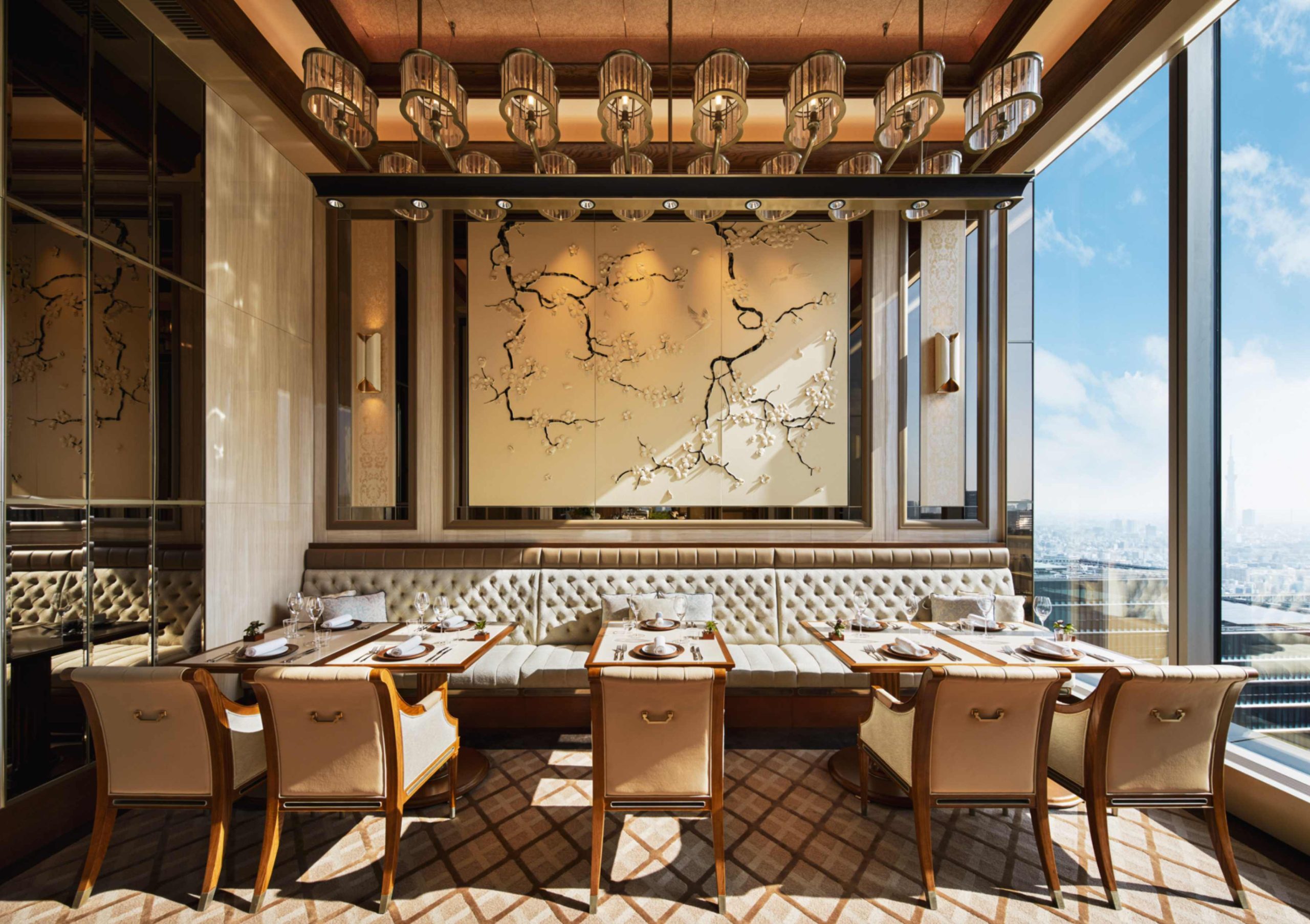
The elevator at the Four Seasons Hotel Tokyo at Otemachi shoots through the Otemachi One Tower—floors packed with Mitsui & Co offices and trading desks—before opening onto the 39th floor, where the heart of the hotel begins.
Step out, and on a clear day, Mount Fuji commands the horizon. Yet what struck me most was not the view, but that this hotel managed to open with a team remarkably fluent in service, even as other properties struggled to find experienced staff.
It was October 2022, just a month after opening, when I first stayed here. Tokyo’s hospitality industry was still reeling: seasoned staff had left for other fields, while many foreign workers had returned home. Yet the Four Seasons had somehow assembled frontline staff who knew the practical things—like which station exit gets you quickest to Tsukiji Market, the timing of cherry blossoms at Chidorigafuchi, or the backstory behind Imayoshi, the neighbourhood’s oldest sushi shop dating to 1957, hidden at basement level. Most had been recruited from the city’s top hotels or transferred from other Four Seasons properties overseas. Perhaps it was the brand’s reputation for looking after its people. Whatever the strategy, it worked.
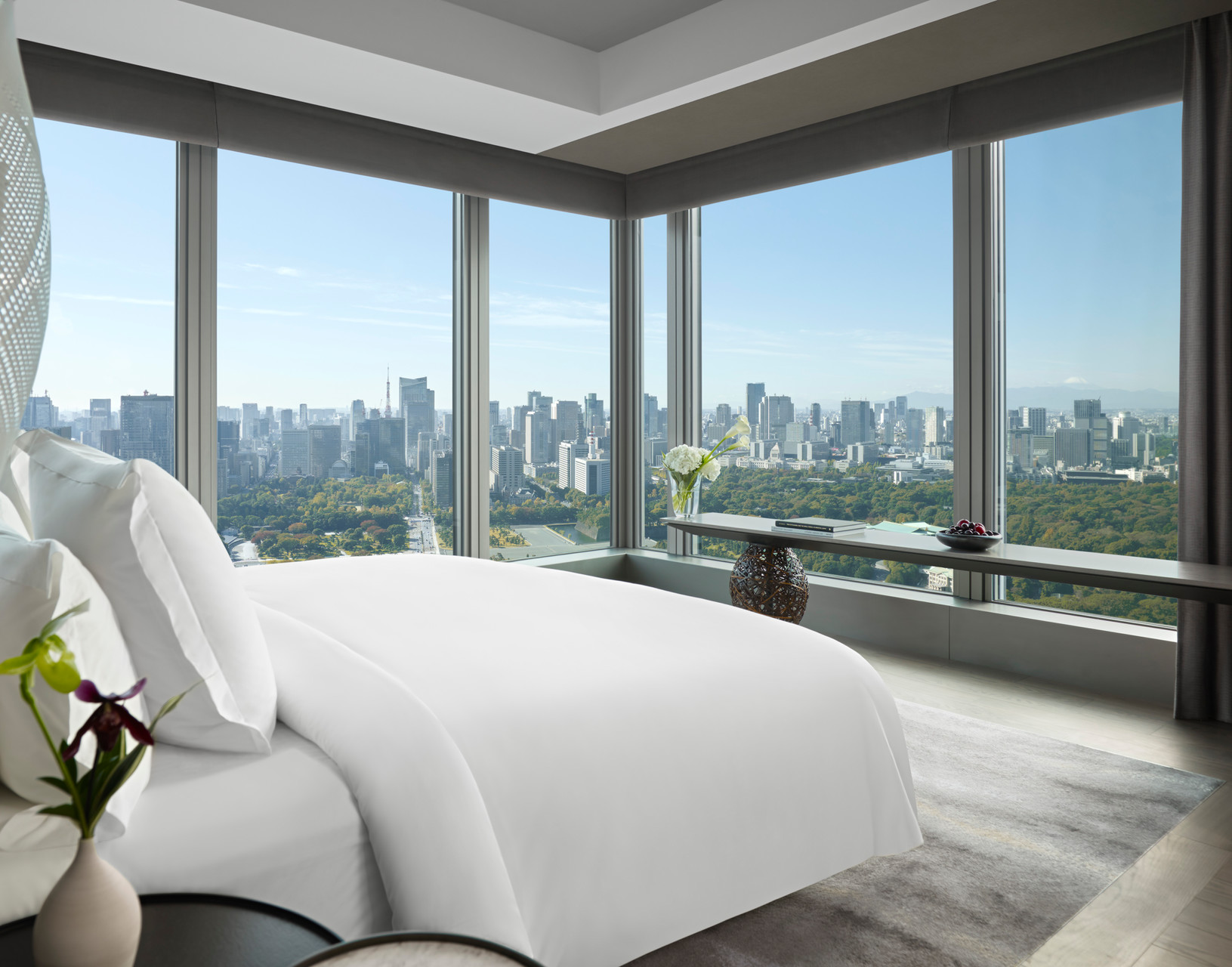
While competitors were understaffed or training greenhorns, this hotel launched with seasoned professionals who knew both Tokyo and Four Seasons standards.
Since then, the city has seen a string of spectacular debuts. The Tokyo Edition, Ginza opened in early 2024 with Kengo Kuma’s architectural signature and Japan’s first punch-focused cocktail bar. That spring, Aman’s sister brand Janu arrived to much anticipation, generating buzz long before its doors opened. And there’s more: 1 Hotel Tokyo will open in autumn 2025, Waldorf Astoria Tokyo Nihonbashi in 2026, and Dorchester Collection in 2028, housed within Torch Tower—set to be Japan’s tallest building.
When I returned last winter, it felt like a homecoming. Some travellers chase every new opening. I find equal comfort in returning to a place I know to be excellent, where service feels heartfelt and familiar.
Tokyo Weds Paris for World’s Best
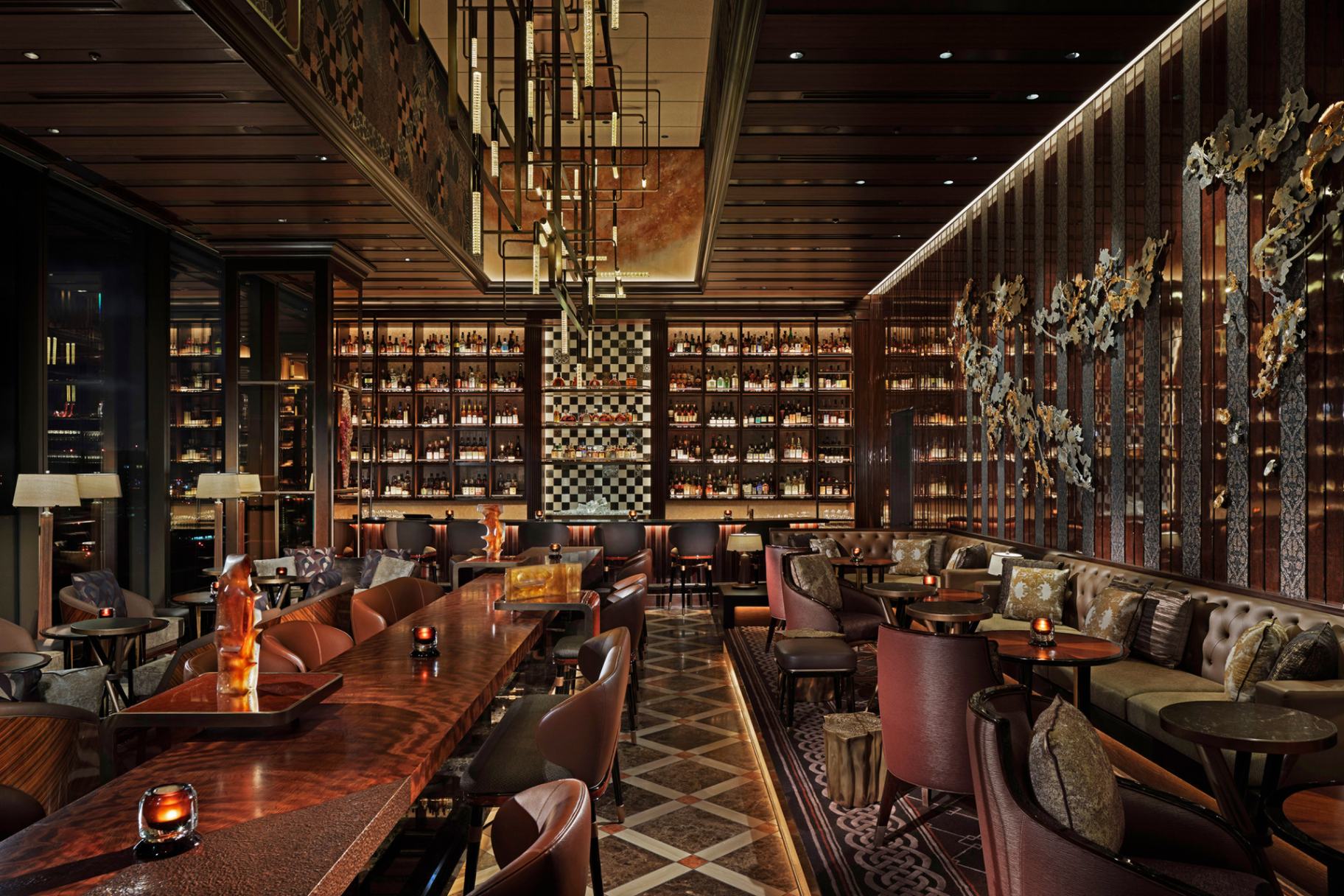
From day one, head bartender Keith Motsi has given the hotel’s Virtù bar a distinctive identity. Having elevated Charles H. at Four Seasons Seoul into one of Asia’s leading bars, he brought that expertise to Tokyo—and it shows. With assistant head bartender Graham Kimura, who has two decades of experience in the U.S., Motsi has led Virtù to 42nd place on World’s 50 Best Bars (2024), and 18th in Asia.
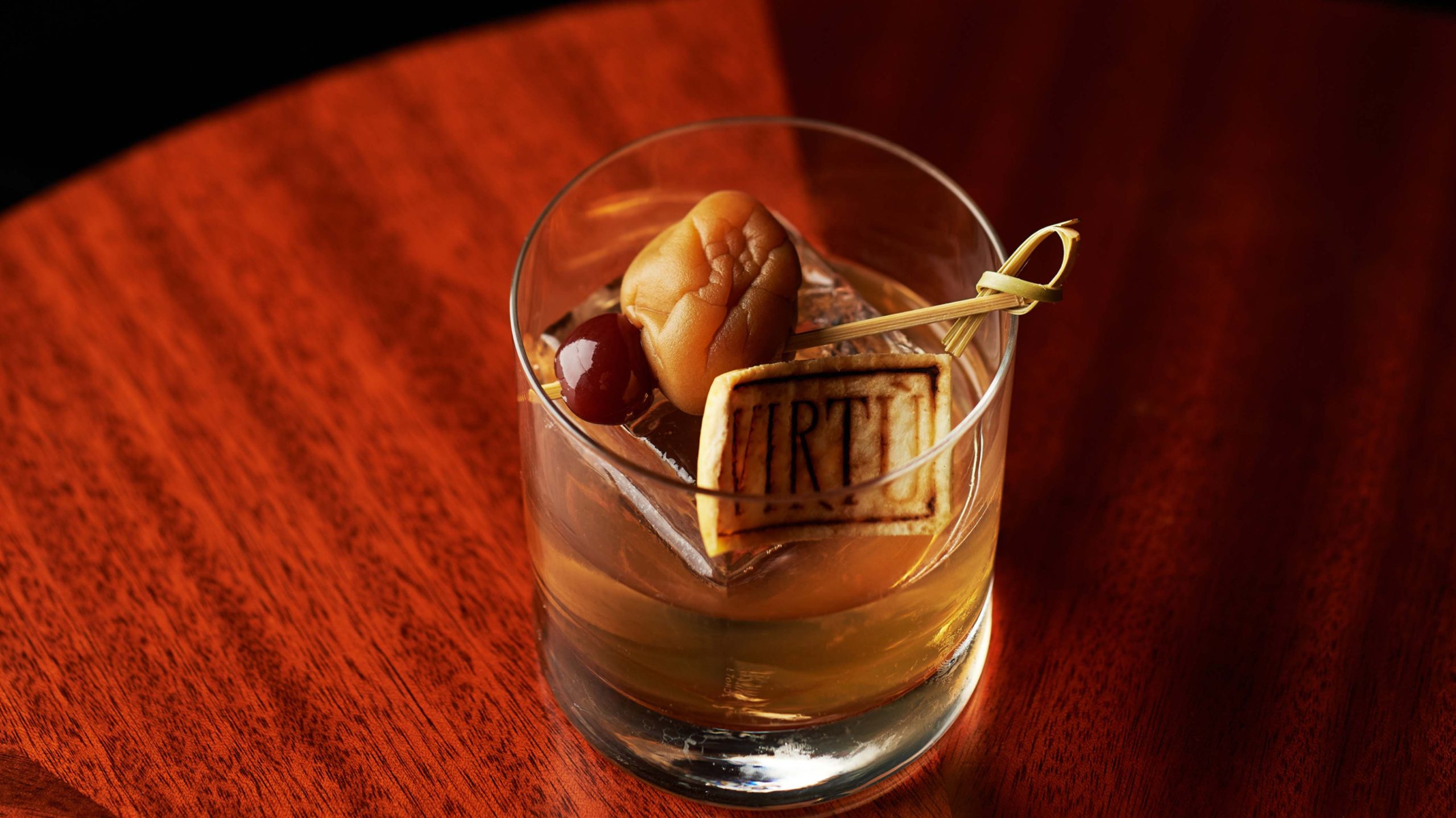
In both décor and concept, Virtù bridges Paris and Tokyo: Art Deco elegance, vintage French spirits, and classic Gallic cocktails meet Japanese precision, hospitality, and seasonal ingredients. The atmosphere is lively and genuine—like the drinks themselves. The Smoked Ume Fashioned blends Japanese whiskey with house-made plum brandy and hinoki bitters, a smoky, layered, and well-balanced signature.
Seasonal Flavours
At Est, the hotel’s Michelin-starred restaurant, chef Guillaume Bracaval continues refining his style of marrying French technique with Japanese ingredients—95 per cent of which are sourced locally.
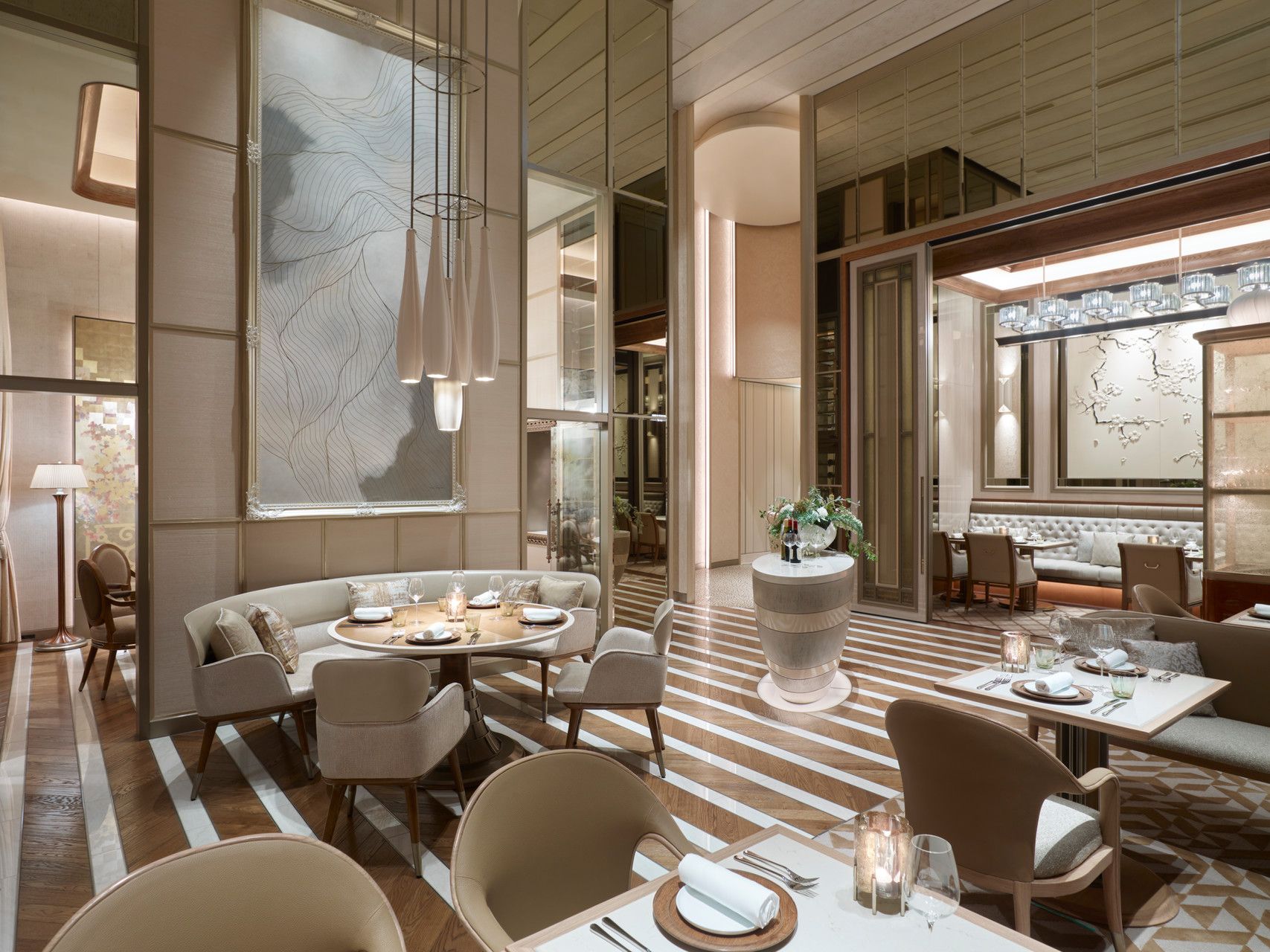
My winter menu featured Hokkaido scallops with shiitake, maitake, and tamogitake mushrooms, finished with a fragrant, light cream sauce poured tableside. The shiitake’s earthiness contrasted beautifully with the delicate nuttiness of tamogitake, while the scallops retained their sweetness. Italian pastry chef Michele Abbatemarco—named Gault&Millau Japan’s Best Pastry Chef in 2024—created a simple yet comforting dessert, Bonhomme de Lait (“Snowman of Milk”), made with butter ice cream and mascarpone.
The wine programme balances Japanese producers with French classics. Look out for Kusunoki winery bottles from Nagano or rare Koshu vintages. For non-drinkers, thoughtful pairings range from yuzu infusions to sparkling teas.
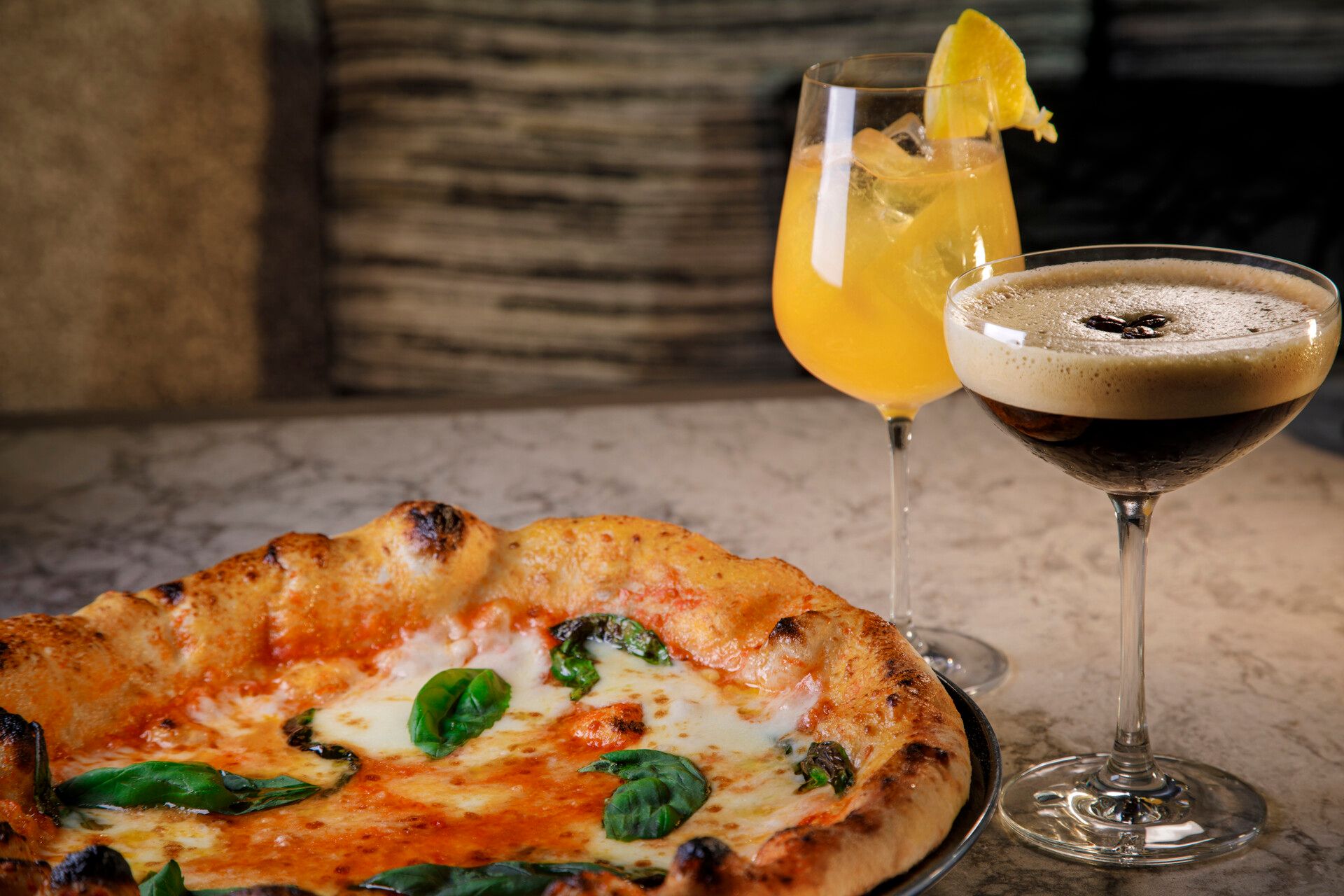
At Pigneto, the Diavola pizza—spicy salami, mozzarella, and a drizzle of honey—was turned out with Neapolitan finesse by chef Alessandro Luca de Leo. What impressed me most, however, was the server remembering my preference for still water without being asked.
For someone who has stayed in over 30 hotels a year during peak travel seasons, it’s the human touches that matter most—alongside knowledge and convenience. The concierge team, led by chief concierge Jaekeun Lee, excels at tailoring recommendations: from the right museum show to the restaurant that perfectly matches a guest’s tastes.
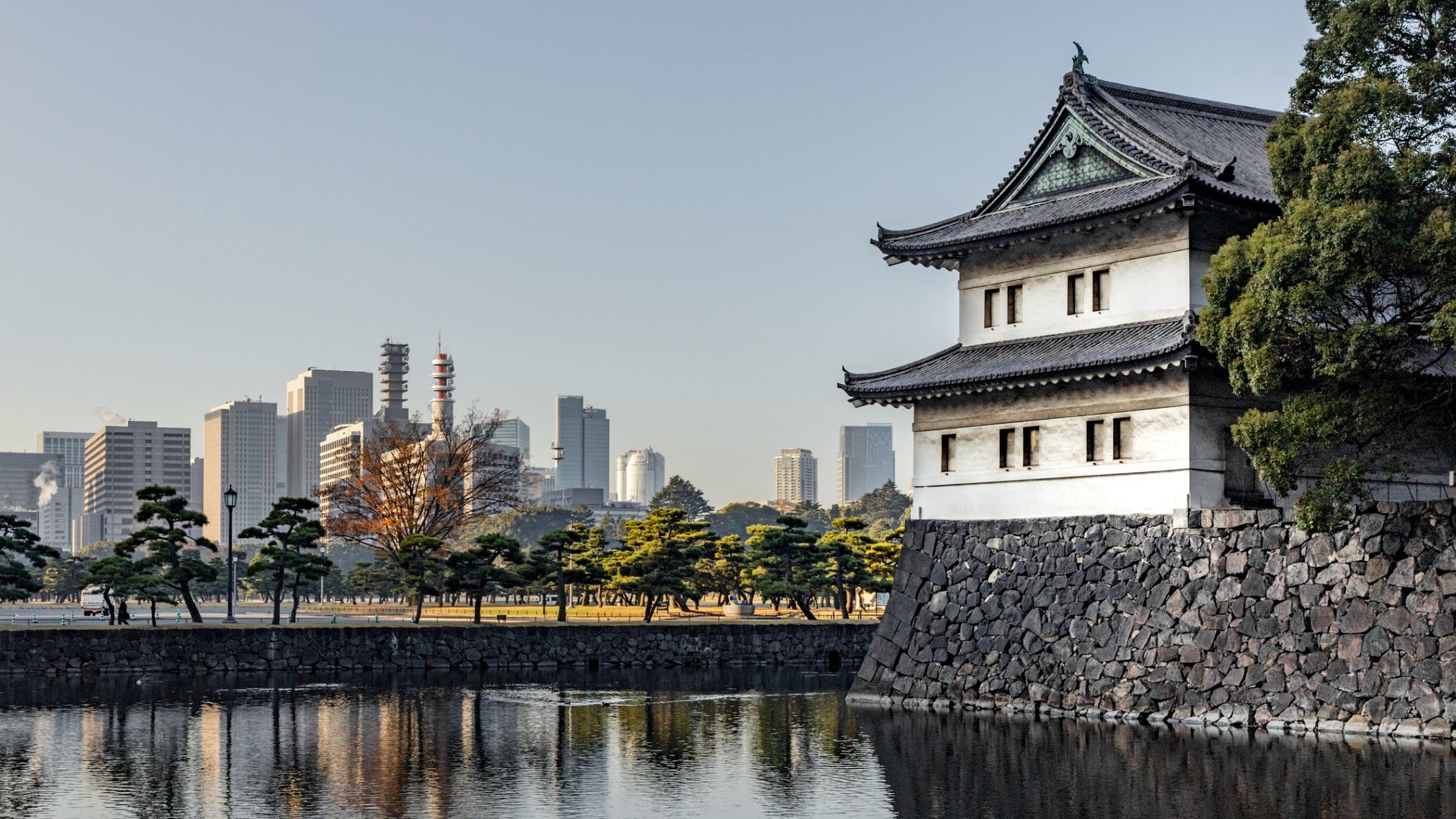
The location has practical advantages too. Otemachi Station’s five subway lines provide quick access across the city. Tokyo Station is within walking distance, connecting you to the Shinkansen network. The Imperial Palace grounds, next door, are ideal for morning runs along cherry-blossom-lined paths that transform with each season. (Pro tip: ask staff for jogging route guides.)
Rooms start at 527 square feet—generous by Tokyo standards. Deep soaking tubs sit by floor-to-ceiling windows framing palace views. The spa offers Japanese-influenced treatments, including the Yakusugi massage, which uses cedar wood oil for a forest-bathing effect high above the city.
Unfazed by the flurry of new arrivals, the Four Seasons Tokyo at Otemachi focuses on doing what it does best. Flashy openings come and go, but genuine service never fades.
READ MORE
Aquatic Eden: The Majestic Islands Of Raja Ampat
